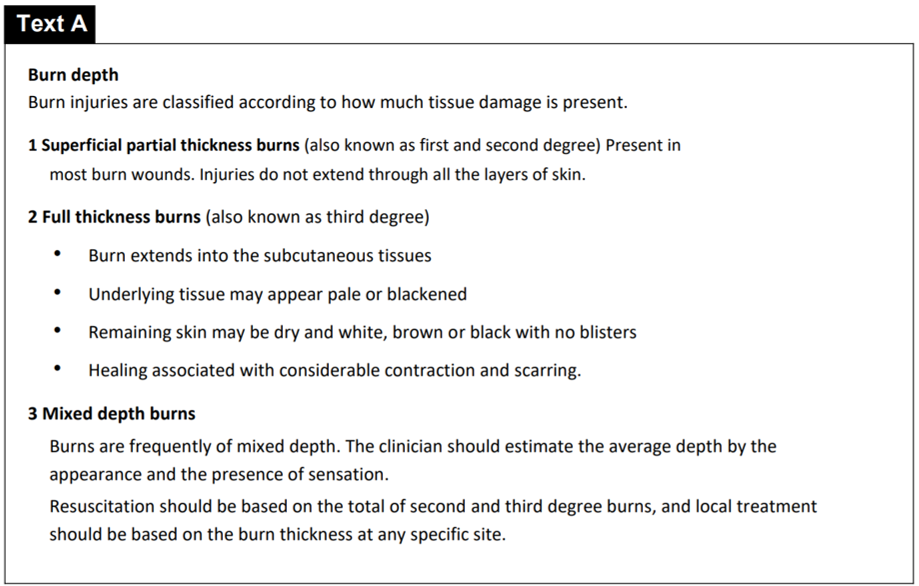Using quantifiers
The table below show how men and women spend their time each day. It’s a static table i.e. it doesn’t show changes over time, but compares values at one point in time. Notice also that the table has two sets of figures: the black figures show time spent in minutes, the blue figures show the actual number of people asked who said that they do these activities.
Now look at the table and complete the description by choosing the best word or phrase for each gap.
Time spent by adults (over 16) on daily activities

The table shows how 1 [much/many] time people spend on certain daily activities. Not surprisingly, everybody surveyed spent 2 [a lot of/many] time sleeping. However, men spent slightly 3 [fewer/less] time sleeping than women did.
After sleeping, the next most time consuming activity was housework, taking up 178 minutes per day, on average. Again, though, there was a marked difference between men and women, with women spending 4 [many/much] more minutes per day on this activity than men. In addition, a greater 5 [amount/number] of women than men reported that they spent time on housework and childcare.
In contrast, men spent a greater 6 [amount/number] of time on their hobbies and games than women did. Very 7 [few/many] people surveyed spent much free time on entertainment and culture. For the 8 [majority/most] of people, free time was spent watching television. Almost nine out of ten people reported that they spent 9 [several/lots] hours watching TV every day.
Answer Key
1 much 2 a lot of 3 less 4 many 5 number
6 amount 7 few 8 majority 9 several


You must be logged in to post a comment.